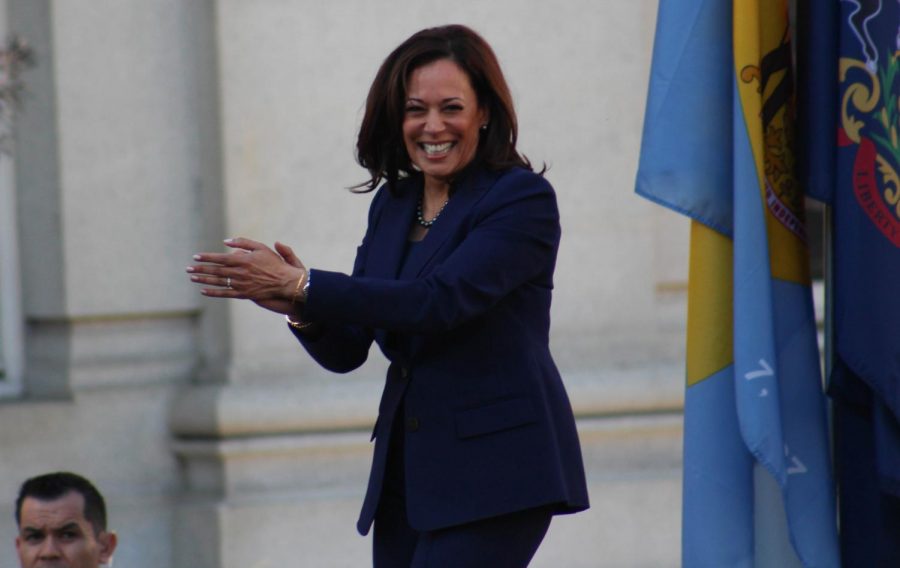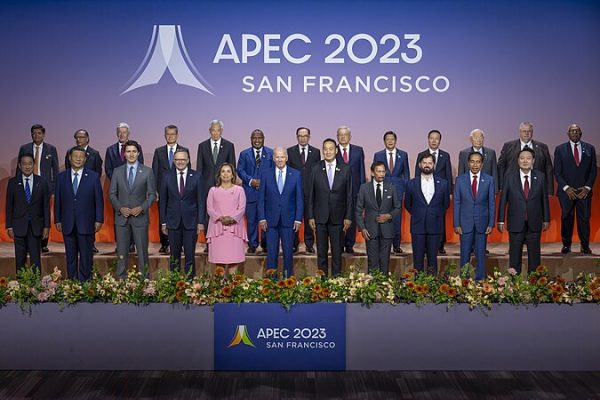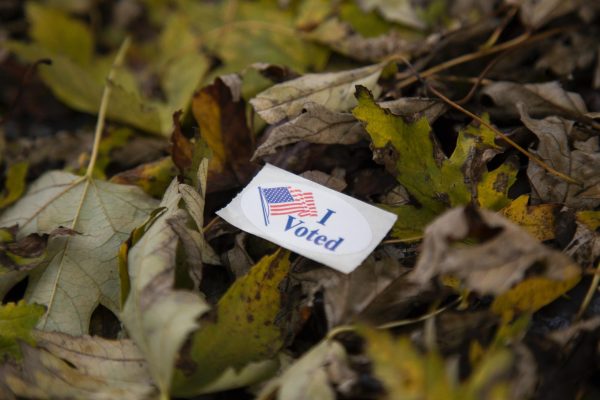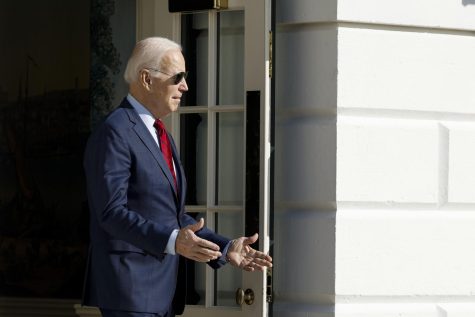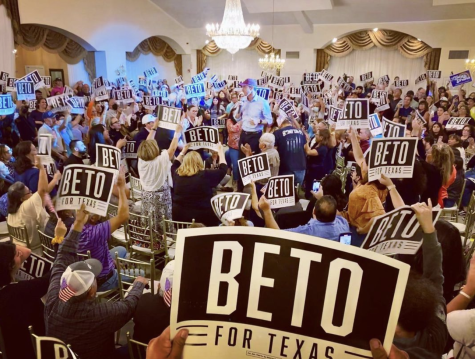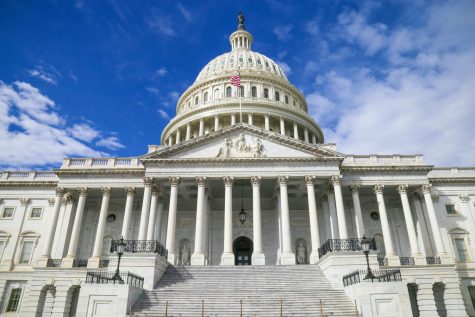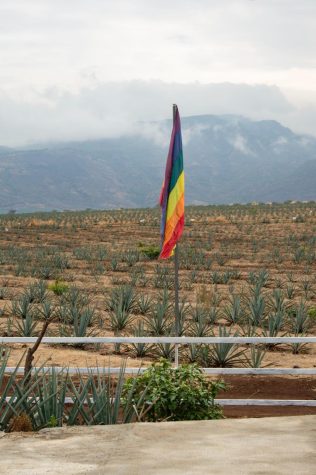Vice Presidential Candidate Kamala Harris: Enough to Attract Key Voters?
August 28, 2020
As an apparent appeal to young and minority voters, on August 11, 2020, presidential candidate Joe Biden chose California Senator Kamala Harris as his running mate in a historic, yet controversial, decision.
Harris is the first woman of color to be a vice-presidential candidate for a major party. She is also the first African-American and first Asian-American, as well as the third female vice presidential running mate on a major party ticket (after Geraldine Ferraro and Sarah Palin). Harris is 20 years younger than her running mate Biden, but are her age and ethnicity enough to draw essential voters for the November election?
Some say, yes. “Harris’s selection is an opportunity for Biden to capitalize on the Latino vote and mobilize young Latino voters” (Anais Lopez). Among Latino voters, the largest racial and ethnic minority voting group in the United States, there is consensus that Harris would be a strong VP, in large part due to her stance on relaxed border policies and keeping DACA. A recent poll among Latino voters in key battleground states showed that 52% of Latino voters said that her name on the ballot made them more likely to vote for Biden. It is somewhat unclear how compelling Harris would be to the large Cuban and Venezuelan populations in Florida. They strongly oppose socialism and have called for military intervention in Venezuela, but Senator Harris, who views Venezuela as problematic, has not promised an intervention, while President Trump has.
Among another rising demographic, young Black voters, her appeal is less clear. Before Senator Harris’ selection, Black voters under 30 were not strongly committed to Biden: only 73% said they would vote for Biden compared to 81% among Black voters 30 to 59 and 92% of those aged 60 and older. According to political journalist Doug Souvern, who has worked with Kamala foryears, her track record as a DA for San Francisco alienated police when she gave leniency on violence against police charges. Again, as California Attorney General, she alienated communities of color by eschewing police accountability measures. Thus, neither side trusts her completely, which is a significant problem with the rise of Black Lives Matter. Harris’s past harsh stance on drug-related crimes, specifically non-violent marijuana charges, has also deterred many of these younger voters. However, when Harris became the fourth Senator to co-sponsor the Marijuana Justice Act of 2018, which supports the legalization of marijuana and the dropping of past charges related to it, she may have recouped some support.
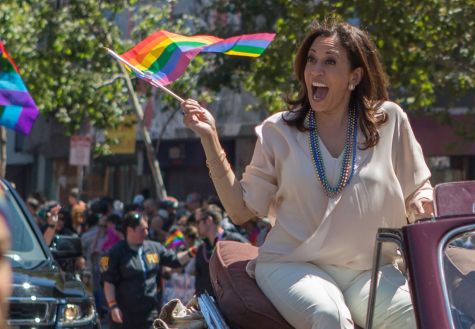
There is also the question of whether Senator Harris on the ticket is enough to overcome barriers to engaging younger voters, giventhe Democratic National Committee’s failure to strongly appeal to young voters, as it focused on higher salience policies to older generations. However, Harris may be of help since her Senate record includes action on climate change and racial issues of top concern for young voters. In particular, her actions as an original sponsor of the Green New Deal and jointly introducing the Justice in Policing Act of 2020 may elevate young voters’ interest.
Additionally, at 77, Biden is 40-50 years older than the youngest voters, creating an unprecedented generation gap in the way of thinking and relating. Harris may attract younger voters by providing a counterbalance to Biden. An indication of this possibility, Sovereign describes her as “a smart, vivacious, energetic, charismatic woman who’s a strong public speaker, good on the stump and effective in debates.”
To appeal to this younger base, Biden and Harris must take a firm stance on racial justice and police reform. Time will tell, and ultimately, November will show whether RL Miller, political director of Climate Hawks Vote, is right in his assessment: vice presidential candidate Harris “fires up younger people” by bringing the hope of real, substantial, systematic change.

